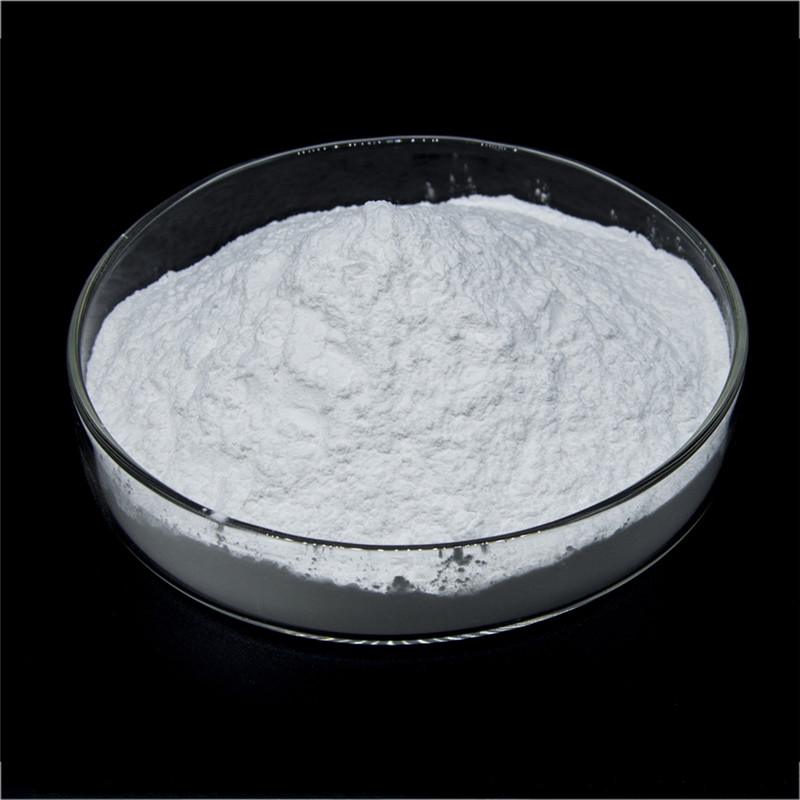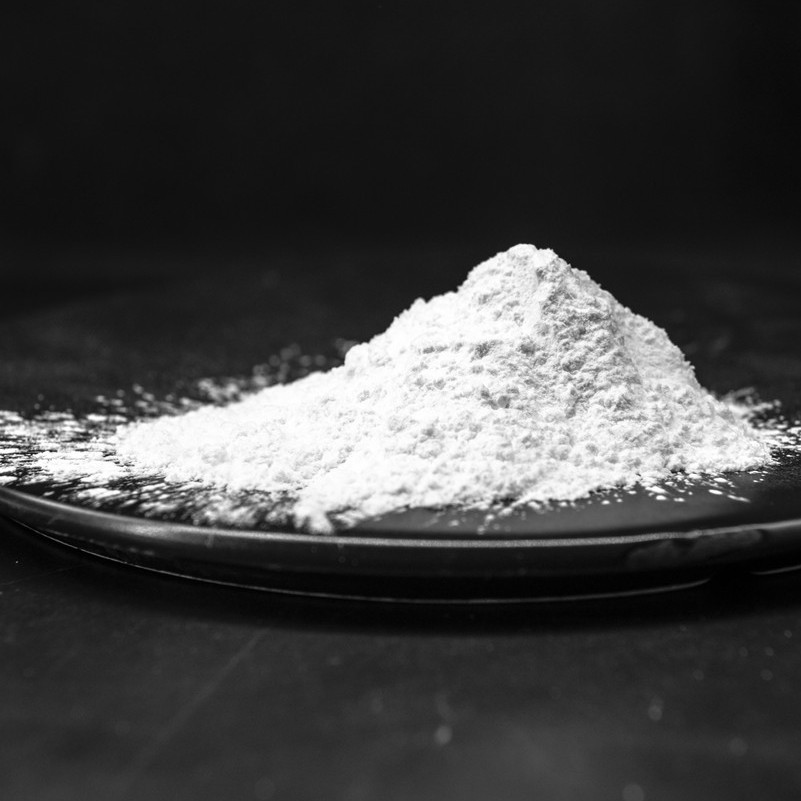White fused alumina micropowder is a premier semi-fixed abrasive lapping media, widely valued for its balanced performance in precision surface finishing.
| Typical Chemical composition | |
| AL2O3 | 99.3%min |
| SiO2 | 0.06% |
| Na2O | 0.3%max |
| Fe2O3 | 0.05%max |
| CaO | 0.04%max |
| MgO | 0.01%max |
| K2O | 0.02#max |
| Typical physical properties | |
| Hardness: | Mohs:9.0 |
| Maximum service temperature: | 1900 ℃ |
| Melting Point: | 2250 ℃ |
| Specific Gravity: | 3.95g/cm3 |
| Volume density | 3.6g/cm3 |
| Bulk density(LPD): | 1.75-1.95 g/cm3 |
| Color: | White |
| Particle shape: | Angular |
| Available size: | |
| FEPA | F230 F240 F280 F320 F360 F400 F500 F600 F800 F1000 F1200 F1500 |
| JIS | 240# 280# 320# 360# 400# 500# 600# 700# 800# 1000# 1200# 1500# 2000# 2500# 3000# 4000# 6000# 8000# 10000# |
1. Characteristics as Lapping Media
The effectiveness of WFA micropowder stems from its intrinsic physical and chemical properties:
High Hardness (Mohs 9.0): Hard enough to efficiently abrade a wide range of materials, including metals, ceramics, glass, and hard plastics, but generally not so hard as to cause excessive subsurface damage like diamond might if not used carefully.
High Purity & Chemical Inertness: With Al₂O₃ content ≥ 99%, it introduces minimal contamination. This is critical for applications in semiconductors, optics, and other high-purity industries. It is stable in both water-based and oil-based slurry systems.
Controlled, Blocky/Angular Morphology: The micropowder is specifically processed (crushed and milled) to have a blocky or sharp angular shape. These multiple cutting edges provide high, consistent stock removal rates.
Friability (Controlled Brittleness): This is a key advantage. Under excessive pressure, the WFA grains will fracture, revealing new, sharp edges. This self-sharpening property helps maintain a consistent cutting rate and prevents the grains from becoming too dull and glazing over, which can lead to burning or poor surface finish.
2. Application Areas
WFA micropowder is versatile and is used for lapping and polishing:
Metals: Stainless steel, tool steels, carbon steel, cast iron, copper, and aluminum alloys.
Ceramics: Structural ceramics, alumina substrates, zirconia, etc.
Glass & Optics: Lenses, prisms, display glass, and other optical components where a fine finish is required before final polishing.
Semiconductors: Silicon wafers (primarily in the back-thinning and rough polishing stages), and other substrate materials.
Hard Plastics and Composites.
3. Critical Technical Parameters for Selection
Choosing the right WFA micropowder is crucial and depends on several specifications:
| Parameter | Description | Importance |
|---|---|---|
| Grit Size (Particle Size) | Measured in microns (µm) or as a “FEPA F” or “JIS” standard grade (e.g., F800, F1200). | Directly determines the final surface finish. A coarse grit (e.g., 60 µm) removes material quickly but leaves a deep scratch pattern. A fine grit (e.g., 3 µm) produces a much smoother surface but removes material slowly. A multi-step process from coarse to fine is standard. |
| Particle Size Distribution | The range of particle sizes within a single “grit” designation. | A tight, narrow distribution is critical for consistent, uniform scratching and predictable surface finishes. A wide distribution will have large particles causing deep scratches while small particles do little work. |
| Chemistry (Purity) | The percentage of Al₂O₃ and the levels of impurities like SiO₂, Fe₂O₃. | High purity (99%+) is essential for applications where surface contamination must be avoided (e.g., silicon wafers, critical metal components). |
| Magnetic Content | The amount of ferromagnetic impurities. | For semiconductor and precision optical applications, low magnetic content is mandatory to prevent contamination and defects. |
4. Lapping Process and Slurry Preparation
The micropowder is not used dry; it is mixed into a slurry:
Slurry Formulation: The WFA micropowder is dispersed in a carrier fluid (typically water or a specialized oil).
Additives: The slurry often includes:
Dispersants: To prevent the particles from agglomerating and settling, ensuring a stable, homogeneous mixture.
pH Modifiers: To control the chemical environment, which can affect the material removal rate and surface chemistry of the workpiece.
Corrosion Inhibitors: Especially important when lapping ferrous metals to prevent rust.
Application: The slurry is fed onto the lapping machine’s lapping plate (typically made of cast iron, tin, or copper).
Lapping Action: The workpiece is pressed against the rotating plate. The WFA particles are trapped between the plate and the workpiece, rolling and sliding to perform a micro-cutting action, thereby removing material and creating an extremely flat surface.
5. Advantages vs. Other Abrasives
vs. Silicon Carbide (SiC): SiC is harder and sharper, providing faster cut rates. However, WFA is tougher and more durable, leading to longer slurry life and often a better surface finish for a given grit size. It is generally preferred for finer finishing steps.
vs. Diamond: Diamond is the hardest and most aggressive abrasive. WFA is significantly less expensive and is less likely to cause deep subsurface damage, making it ideal for stock removal and intermediate finishing steps where the extreme cost of diamond is not justified.
vs. Cerium Oxide (CeO₂) / Colloidal Silica: These are “super-fine” polishing compounds that work primarily by chemical-mechanical action. WFA is a mechanical abrasive used for the lapping stages before the final chemical-mechanical polishing (CMP) step. It is used to achieve flatness and remove larger defects.


